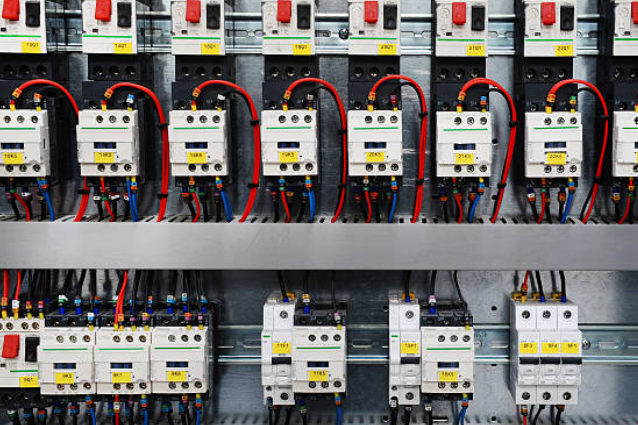
Posted on Tuesday, October 1, 2024
To calculate the power required for a roll forming machine, you'll need to consider several factors, including material properties, machine configuration, and forming speed.
A simplified formula to estimate the power needed is:
Power (kW)=F×V1000×η\text{Power (kW)} = \frac{F \times V}{1000 \times \eta}Power (kW)=1000×ηF×V
Where:
Forming Force (F) can be estimated using material characteristics:
F=σ×AF = \sigma \times AF=σ×A
Where:
Let’s assume:
Step 1: Calculate Cross-Sectional Area (A):
A=Thickness×Width=0.002 m×0.5 m=0.001 m2A = \text{Thickness} \times \text{Width} = 0.002 \, \text{m} \times 0.5 \, \text{m} = 0.001 \, \text{m}^2A=Thickness×Width=0.002m×0.5m=0.001m2
Step 2: Calculate Forming Force (F):
F=250,000,000 N/m2×0.001 m2=250,000 NF = 250,000,000 \, \text{N/m}^2 \times 0.001 \, \text{m}^2 = 250,000 \, \text{N}F=250,000,000N/m2×0.001m2=250,000N
Step 3: Calculate Power (P):
P=250,000 N×20 m/min1000×0.9=5,000,000900=5.56 kWP = \frac{250,000 \, \text{N} \times 20 \, \text{m/min}}{1000 \times 0.9} = \frac{5,000,000}{900} = 5.56 \, \text{kW}P=1000×0.9250,000N×20m/min=9005,000,000=5.56kW
Thus, the estimated power required for this roll forming machine would be 5.56 kW.
This is a basic example and doesn't account for factors like roller friction, additional tooling, or more complex materials, which could increase the required power.

Most Popular Roll Forming Machines in the United Kingdom
Posted on Thursday, December 11, 2025
This blog breaks down the five most in-demand roll forming machines in the UK

Can I Finance a Roll Forming Machine?
Posted on Thursday, December 11, 2025
Financing a roll forming machine is easier than most buyers think. Here’s how leases, loans, and payment plans make production affordable.

Roll Forming Machines for Sale in the UK: What Buyers Need to Know Before Purchasing
Posted on Thursday, December 11, 2025
This complete guide explains everything UK buyers must know before purchasing, including machine types, voltage requirements, CE/UKCA compliance

Roll Forming Machines for Sale in the USA: What Buyers Need to Know Before Purchasing
Posted on Wednesday, December 10, 2025
This guide explains everything U.S. buyers need to know before purchasing a roll forming machine, including machine types, pricing, voltage
Copyright 2025 © Machine Matcher.